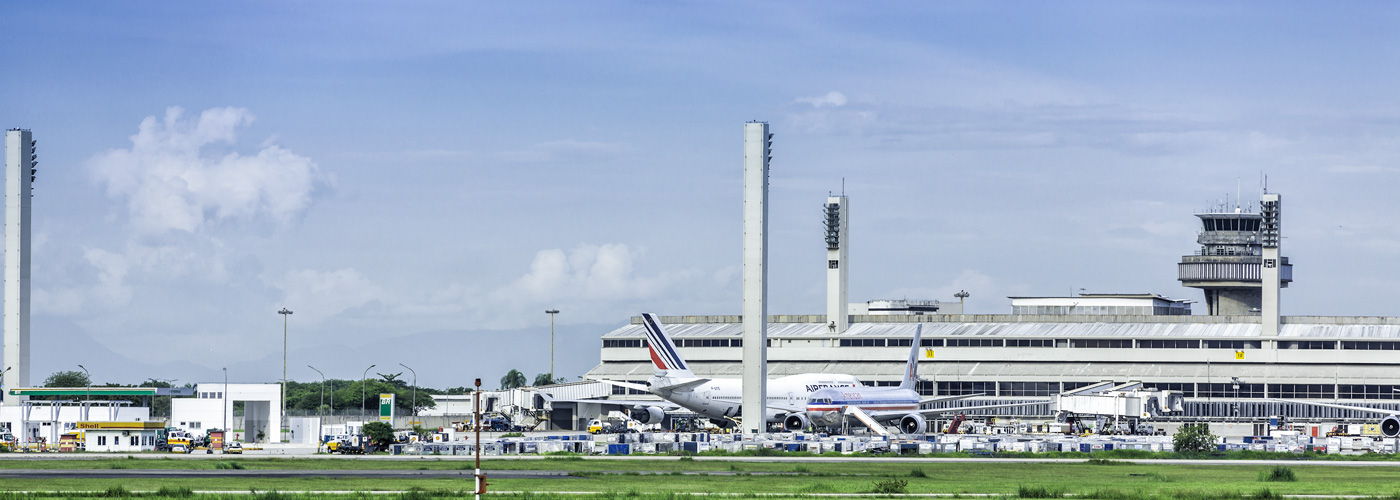Electric Airplane: NASA Nearing Launch of X-57 Maxwell

The reality of electric airplanes may be closer than you think. Earlier this month at the National Aeronautics and Space Administration’s (NASA) Armstrong Flight Research Center in Edwards Air Force Base, NASA unveiled the X-57 “Maxwell,” the agency’s first experimental electric aircraft and NASA’s first manned X-plane in 20 years.
The X-Factor
Electric propulsion technology is the driving force behind the advance of this new era of aviation that can make planes quieter, more efficient and more environmentally friendly. NASA’s aeronautical innovators are on the cusp of demonstrating these revolutionary aviation milestones. Here are a few of the ways the NASA X-57 will accomplish these advancements and address some of today’s pressing passenger concerns. The X-57 will:
- Be powered solely by batteries, eliminating carbon emissions
- Demonstrate how demand could lower the need for the lead-based aviation fuel which is currently being used today
- Reduce noise levels compared to conventional piston engines
- Be equipped with a specially designed wing and 14 electric motors
- Reduce flight times and fuel usage
- Reduce overall operating costs for small aircraft by 40 percent
Vaughn students stay ahead of industry trends and learn about these types of advancements by hearing from the several industry experts from a variety of influential companies such as Airbus and Pratt & Whitney who come to the College to speak on topics such as these. Vaughn also hosts several internship, career and graduate fairs throughout the year, so there are many opportunities for networking and planning for future careers. Vaughn also sponsors student club and association trips to engineering, technology, management and aviation conferences where students present research, learn about technical advances and create connections for potential job opportunities. Check out the events and news pages for upcoming events and happenings at the college.
Years in the making
NASA’s X-planes date back almost 75 years to the invention of the Bell X-1, which put supersonic flight on the map. Since then, X-planes have been used by NASA, the US Air Force and other government agencies to explore the flight mechanics of vertical takeoff and landing (VTOL), movable wings and other aviation advancements.
In 2015, NASA began its journey working on the X-57, but not in a way you might imagine. Instead of building the plane from the ground up, NASA started modifying an Italian twin-engine propeller plane called Tecnam P2006T. You might be wondering why they chose to use a small propeller plane for such a groundbreaking task. The reason lies in how the aerodynamics proved to be more favorable for an electric airplane that uses propellers.
There’s no denying the modification of the NASA X-57 is an exciting experience, but that’s just one piece of the equation. What about training the pilots to fly an electric airplane? NASA flight control engineers and technicians developed an interactive X-57 simulator at their Armstrong Flight Research Center in California to provide pilots with a virtual flight experience based on what the X-57 would feel like in the air. This simulator experience prepared pilots for future X-57 flight-testing phases and helped familiarize them with reaction times and maneuvers.
Taking it one step at a time
The X-57 Maxwell project consists of four configurations and stages of research distinguished by specific modifications. Currently, the X-57 is in its “Mod II” configuration that features the first all-electric flight hardware. The third phase began at the same time as Mod II to take the X-57 to a new level of electric-powered flight. Some of the most notable and noticeable changes from the Mod II configuration include:
- Using electric cruise motors to replace the two combustion motors that were in the original aircraft
- Development and integration of an experimental high-speed ratio wing
- Reduction in wing area, which contributes to more efficient cruise flight through decreasing friction drag
With the Mod III configuration currently in the works, it’s all about the wing. This upgrade will make space for additional electric propellers and a high-aspect-ratio design to allow the current pair of electric motors to move the wingtips. The final product will feature six small propellers on each wing to be situated on the leading edge along with a larger propeller at the tip.
Nearing the launch
The X-57 hasn’t taken to the skies yet, but NASA says it’s ready for its debut and is hoping to fly it in its final configuration by late 2020. Although the X-57 won’t be as fast and have the ability to fly the same long distances as traditional aircraft, the agency says the electric airplane’s range is suitable for short flights that will be quieter and more efficient.
Vaughn makes it possible
Exciting advancements in aviation technology begin with the knowledge to make it happen. Are you looking for a futureproof career? At Vaughn, we offer a wide range of aviation and engineering and technology degrees to make it possible. Apply today.

